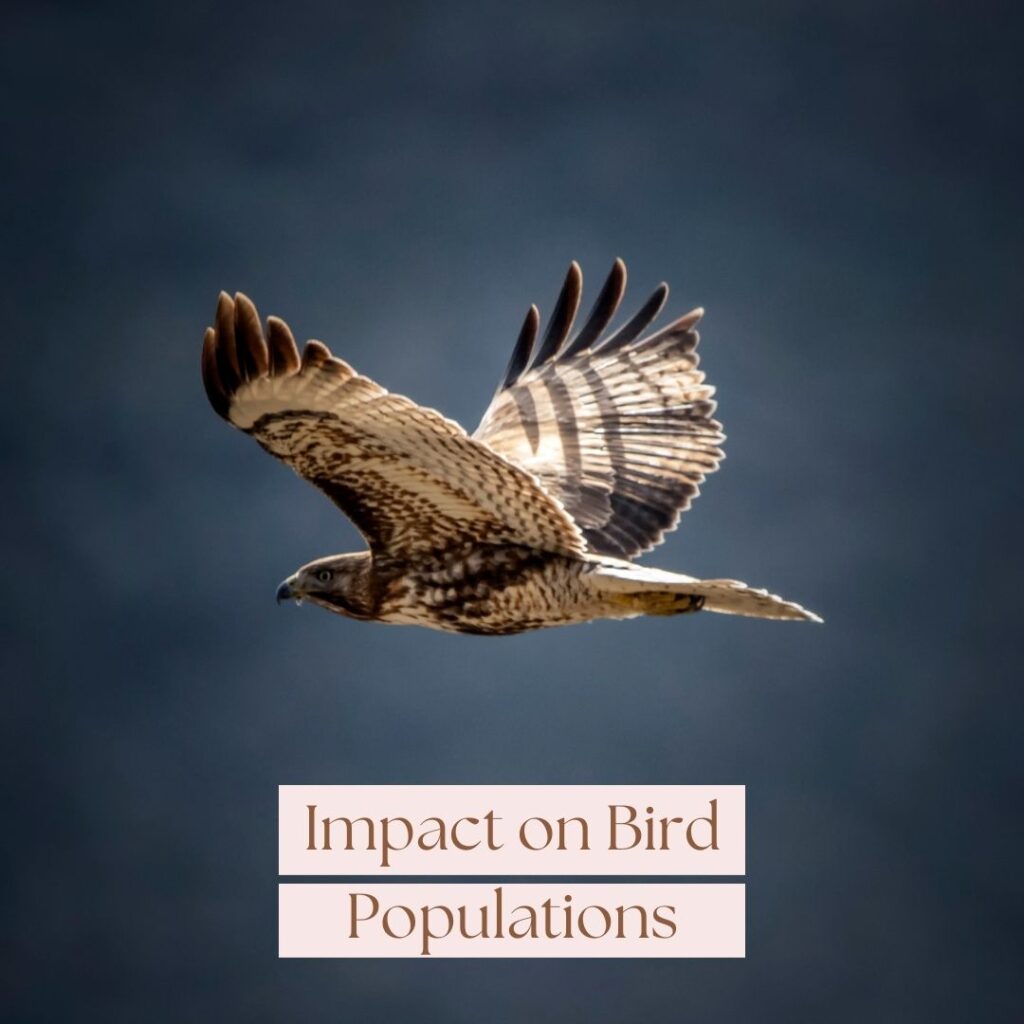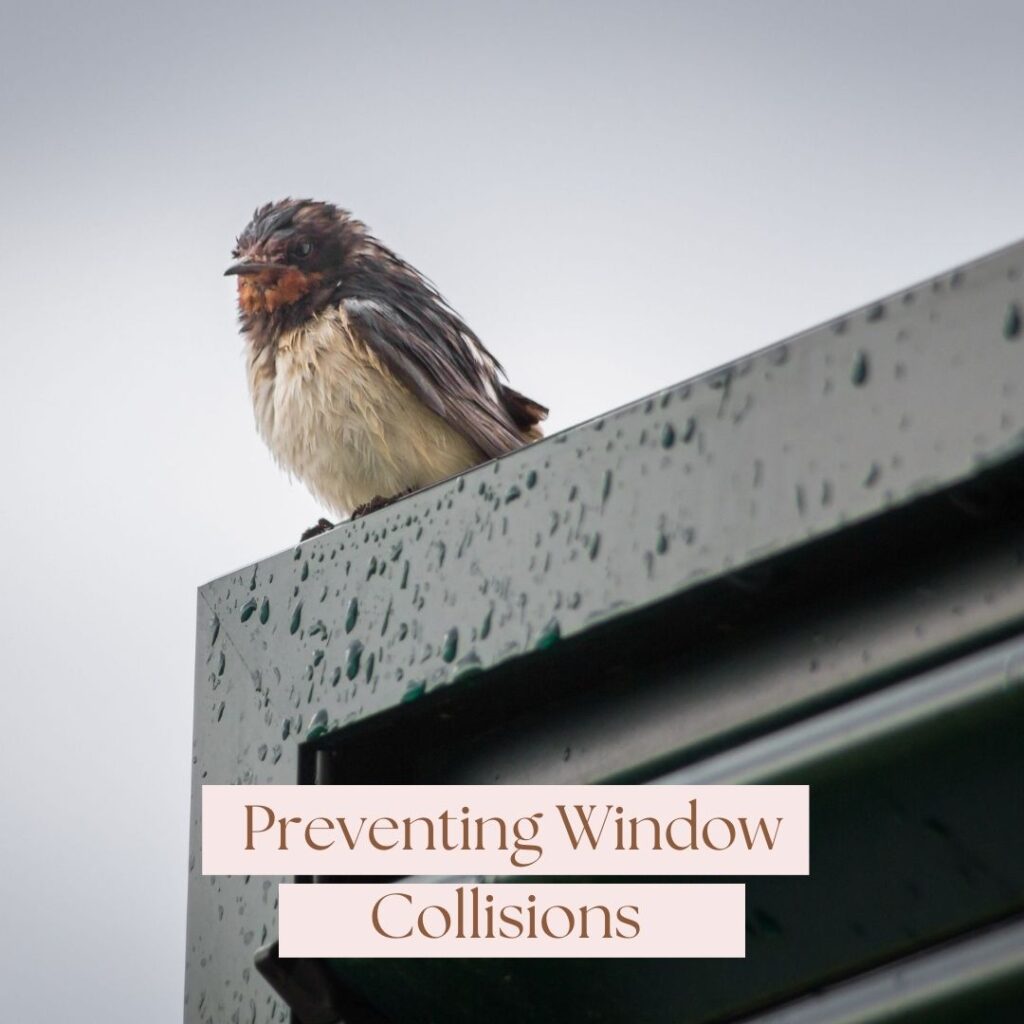Why Do Birds Fly Into Windows
Table of Contents
Many people have witnessed the unfortunate event of a bird flying into a window, often resulting in injury or even death for the bird. This common phenomenon occurs because birds are unable to perceive windows as solid barriers, particularly when the glass reflects the surrounding environment, such as trees and sky. As a result, birds are misled into believing that they can continue flying through what appears to be open space.
The issue of birds colliding with windows is more widespread than one might think, with up to 1 billion birds estimated to die from window strikes each year. The primary reason behind these incidents is the birds’ inability to grasp the concept of a window pane separating their natural environment from the indoor world. The sight of indoor plants and foliage can further contribute to their confusion, making them more likely to attempt access to an appealing foraging spot within a building.
These collisions are particularly frequent during spring and early summer, when birds are establishing territories, seeking mates, and raising their young. In their determination to defend their domain and secure resources for their offspring, birds may exhibit aggressive behavior and accidentally fly into windows, mistaking their own reflection for a rival bird. This type of behavior highlights the need for preventive measures to protect the avian population from the dangers posed by glass windows.
Why Birds Fly into Windows
Visual Misperception
Birds often fly into windows because they misinterpret the reflection of trees or the sky on the glass. Since birds have a different visual perception from humans, they perceive the reflected images as part of their natural surroundings, resulting in collisions with the glass surface.
Window Reflectivity
Highly reflective windows are a significant challenge for birds as they mimic the appearance of their natural environment. Windows reflecting foliage or sky appear like inviting spots for birds to fly into, unaware that they are actually facing a solid object. This often leads to fatal collisions.
Disorientation Due to Light and Noise
Another reason for birds flying into windows is disorientation caused by artificial lights and noise during nighttime. Many migratory birds, including songbirds, fly at night, and the presence of light from buildings can cause deviations from their flight paths. For reasons not yet entirely understood by scientists, nighttime lights seem to attract birds and disrupt their navigation, increasing the likelihood of collisions with windows.

The Impact on Bird Populations
Birds flying into windows has a significant impact on their populations due to the high number of collisions that occur each year.
Fatal Collisions
According to a 2014 study, anywhere between 365 million and 1 billion birds die from window strikes in the U.S. each year. Glass windows, especially those reflecting foliage or sky, create an optical illusion for birds, leading them to believe they can fly through them unobstructed. As a result, many birds suffer fatal injuries from the force of impact with windows.
Long-Term Consequences
For the birds that survive the initial collision, many suffer from serious long-term consequences due to the trauma sustained. The impact can cause irreversible damage to a bird’s brain and other internal organs, which greatly reduces their chances of long-term survival.
The consistent loss of bird life due to window collisions can have a long-lasting impact on the overall health and stability of bird populations. This problem is especially concerning for species with already declining populations or species that have a higher vulnerability to other threats such as habitat loss and predation.

Preventing Window Collisions
Window Treatments and Stickers
One effective way to prevent birds from flying into windows is by making the windows more visible to them. This can be achieved by using window treatments or stickers that break up the reflection of the glass. A few options include:
- Applying decals, tape, or painted patterns on the exterior surface of the glass, with no more than 2 inches apart.
- Using window films that reduce reflections and make the window appear opaque from the outside.
- Installing external sunshades or awnings to block direct sunlight and prevent reflections.
Installing Bird-Safe Glass
Bird-safe glass is designed to be more visible to birds and can significantly reduce the risk of window collisions. Some bird-safe glass options include:
- Fritted glass: Glass with small ceramic markers embedded, creating a pattern that birds can see.
- Acid-etched or sandblasted glass: These treatments create a frosted appearance that increases visibility for birds.
- UV-reflective glass: This glass has a special coating that reflects ultraviolet light, which birds can see but humans cannot.
Adjusting Bird Feeders and Baths
Proper positioning of bird feeders and bird baths can help reduce window collisions. Consider the following guidelines:
- Place bird feeders and baths either within 3 feet of windows (to reduce flight speed) or more than 30 feet away (to give birds more time to react).
- Moving feeders and baths regularly can help prevent birds from becoming too comfortable with the surroundings and not noticing potential hazards.
Reducing Light Pollution
Birds are attracted to artificial lights at night, which can cause them to collide with windows. To help prevent nighttime collisions, consider:
- Turning off or dimming exterior lights during migration seasons.
- Using motion sensors or timers to minimize the overall amount of light.
- Installing blackout shades or curtains to prevent indoor lights from shining outside.
Conclusion
Birds flying into windows is a widespread issue impacting an estimated 1 billion birds per year in the U.S. alone. The primary reason for these collisions is the inability of birds to perceive the glass as an obstacle, as it reflects the surrounding foliage or sky, creating an illusion of open space.
Addressing this problem requires making windows more bird-friendly by effectively breaking the illusion formed by the glass. This can be achieved through various methods, such as using visible patterns, decals, or bird-safe glass products.
Preventing injuries and fatalities from window collisions is essential to conserving bird populations and maintaining ecological balance. By taking simple steps to make windows safer for birds, individuals and communities can play a significant role in safeguarding these vital species for generations to come.






